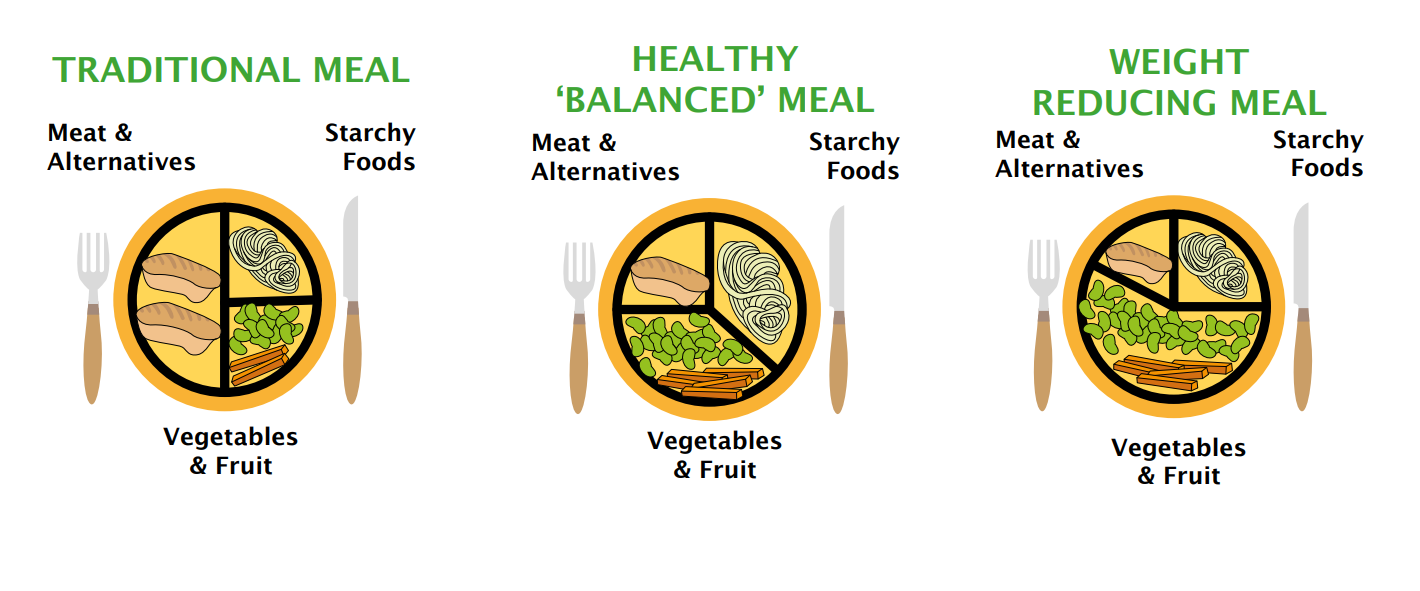
How to Eat a Healthy Diet

In general, adults with neuromuscular disorders should strive to have a healthy diet balanced in energy, protein, fluid, calcium, vitamin D, and other nutrients. Adults should aim to include a variety of foods from the five main food groups: fruit; vegetables; meat, poultry and alternatives; dairy and breads and cereals.
Micro-nutrients
Adults are at risk of low bone mineral density as a result of not walking or standing, and sometimes due to the use of steroids. Recommended care guidelines are to take a daily multivitamin supplement with vitamin D and minerals if calorie intake is low. Additional vitamin D supplements may be required in the case of vitamin D deficiency (DMD Care Considerations Working Group, 2018). Regular monitoring of vitamin D levels is recommended.
Protein
A daily dietary allowance of 0.95 g per kilogram someone weighs is recommended for those aged 4–13 years; 0.85g per kilogram someone weighs for those aged 14–18 years; and 0.80g per kilogram someone weighs for those aged 19 years or older.
Fluids
For people with DMD, the recommended fluid intake is 1500 mL + 20 mL for each kg over 20 kg. This means someone weighing 80kg would need to drink 1500ml plus 20ml per kg for 60kg, which adds up to 1620ml.
Other Considerations
Adults with chewing and swallowing difficulties may start eating softer foods to ensure they are still eating enough. For those not supplementing their eating with a feeding tube, it is important to ensure modified diets remain well balanced. A dietitian can help with this.
Although there is no evidence to suggest specific dietary intolerances of people with muscle-weakening conditions (e.g. to dairy or gluten), individuals with muscle-weakening conditions may have their own specific dietary intolerances. Any changes in diet should be closely monitored to identify any specific problem issues.
